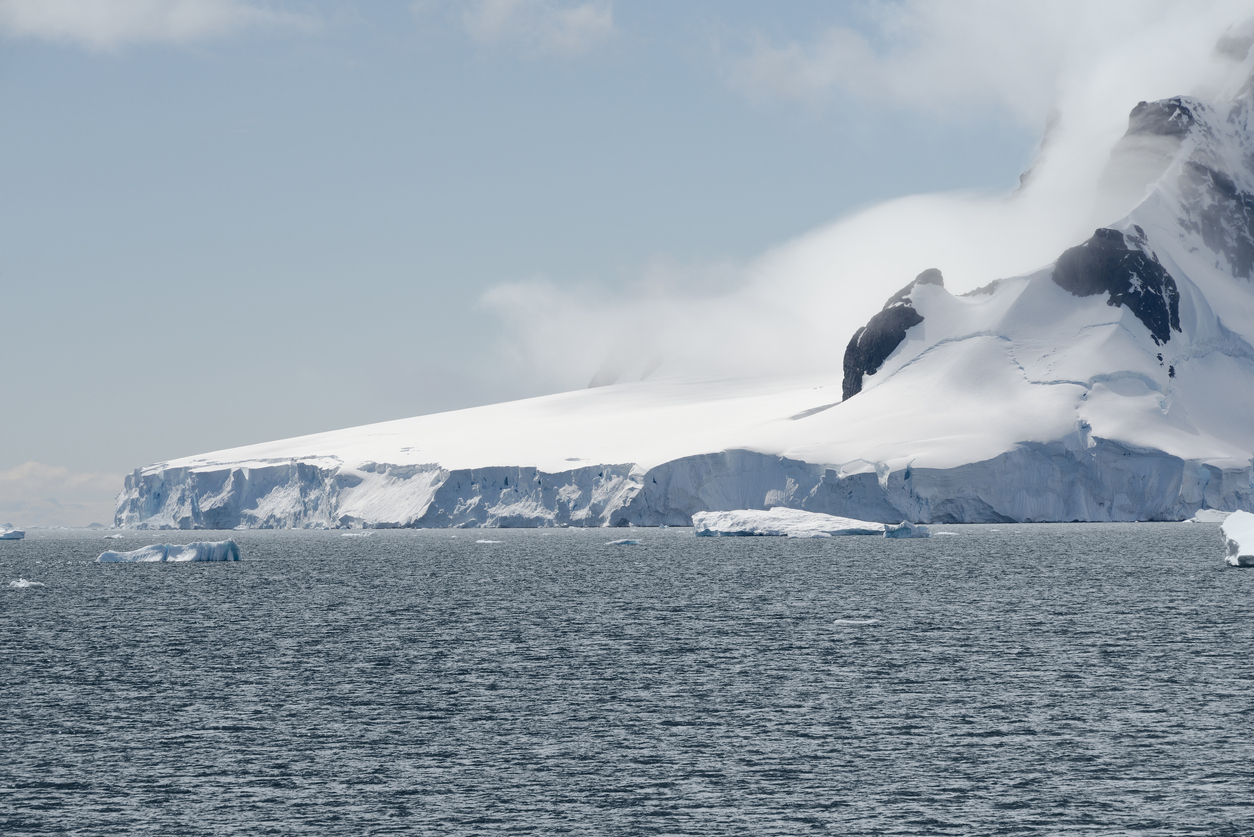Media Release
From: AAASBy pumping ocean water onto coastal regions surrounding parts of the West Antarctic ice sheet and converting it to snow, it may be possible to prevent the ice sheet from sliding into the ocean and melting, according to a new modeling study. The authors caution that while the findings offer a potentially feasible and less dangerous solution compared to other proposed methods, they say that implementing their approach would be incredibly costly, present immense technical challenges and may harm sensitive marine ecosystems. Simulations show that the ice sheet is already melting and could cause sea levels to rise up to more than three meters, putting populous coastal cities such as New York, Calcutta, Shanghai, and Tokyo at risk. Feldmann et al. used the 3-D Parallel Ice Sheet Model (PISM) to investigate how transferring ocean water onto the coastal regions around the Pine Island and Thwaites Glaciers in West Antarctica would impact the so-called stress balance that supports different forms of glacial ice (including frozen inland ice, fast-flowing ice streams and free-floating ice shelves). Using their model, the researchers artificially enhanced snowfall in these regions, finding that the resulting increase in ice surface elevation near the point at which the glaciers meet the ocean effectively stabilizes the shelf and leads to a two to five-centimeter sea level drop (assuming water for the snowfall is taken from the ocean). The simulations show that a minimum of 7,400 gigatons of artificial snowfall applied over 10 years would be required to stabilize the ice sheet. Importantly, the simulations do not include projected ocean and atmospheric warming due to climate change, possible snowfall increase in coming decades, or fracturing in the ice shelf caused by future atmospheric warming, all of which could influence ice sheet collapse.


